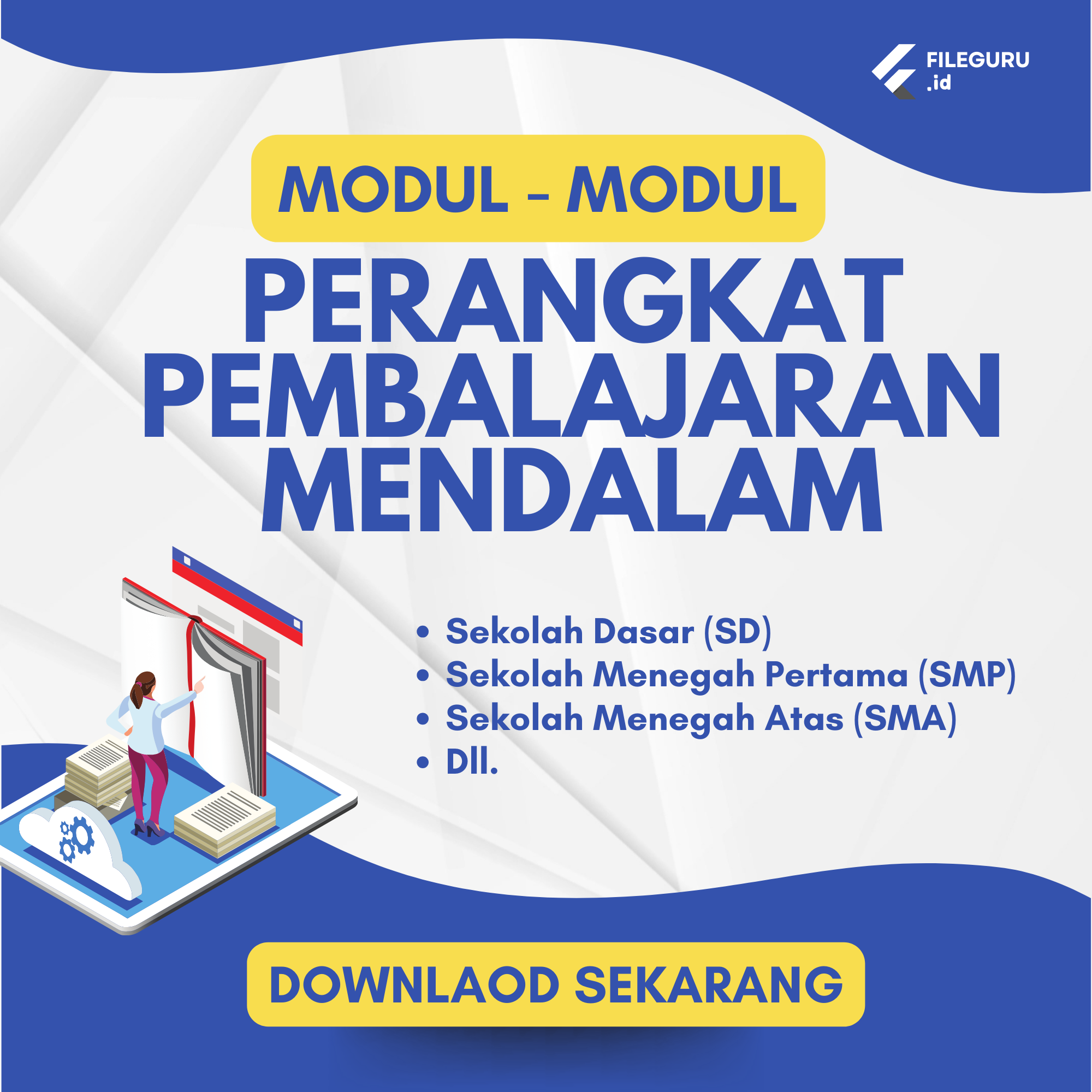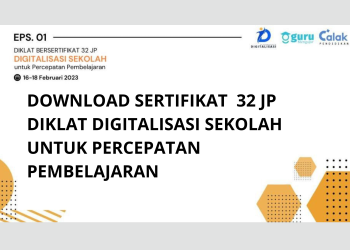Understanding the Allowance for Doubtful Accounts: The Key to Managing Credit Risk
In such cases, while the debt is not confirmed as uncollectible, the uncertainty of receiving payment creates the need for a more cautious approach in accounting for that debt. Even businesses that offer installment plans or financing options to customers face the challenge of dealing with doubtful accounts, particularly if customers begin missing scheduled payments. In these cases, maintaining an allowance for doubtful accounts ensures that the business can anticipate potential cash flow gaps and adjust its financial strategies accordingly. Effective management of accounts receivable (A/R) is one of the cornerstones of a healthy business operation. It ensures a consistent flow of cash, allowing a company to meet its financial obligations and invest in its growth.
One common approach is the Percentage of Sales method, which estimates bad debt expense as a percentage of a company’s total credit sales for a period. For instance, if historical data indicates 1% of credit sales become uncollectible, a company might apply this percentage to its current period’s credit sales to determine the bad debt expense. This method focuses on accurately reflecting the income statement impact for the period. Generally Accepted Accounting Principles (GAAP) require companies with a large amount of receivables to estimate future uncollectible amounts at the end of each current accounting period. Because the risk to the business is relative to the number of accounts and the amount of cash tied up in receivables, larger companies cannot take a “wait and see” approach to capturing potential bad debts.
What are the industry benchmarks for allowance for doubtful accounts?
The allowance for doubtful accounts might seem too subjective or imprecise for accounting, but it’s more accurate than pretending every invoice will be paid in full. This works best when a company’s customer base and economic conditions stay relatively stable. An AR automation platform with intelligent collections capabilities can help you stay on top of your collections so that overdue invoices don’t go past the point of no return.
- You will deduct AFDA from the overall AR balance when calculating the total asset value of AR on your balance sheet.
- Typically, accountants only use the direct write-off method to record insignificant debts, since it can lead to inaccurate income figures.
- This approach ensures financial statements are not overstated and provide current, relevant information, aligning with the concept of conservatism in accounting.
- Rather than waiting to see exactly how payments work out, the company will debit a bad debt expense and credit allowance for doubtful accounts.
- A thorough audit begins with a review of the methods and assumptions used to calculate the allowance for doubtful accounts.
Despite the transparency of the policy and procedures, the risk of bad debts is always there. There might be unprecedented circumstances going on with the debtor resulting in an uncollectible amount. Since the account receivables are a source of cash inflow for a company, bad debts will impact the liquidity and true & fair statement of assets. According to the matching principle of accounting, expenses related to certain revenues should be recorded in the same period when they occur.
Accounts Receivable Aging Method
- Businesses must anticipate that a certain percentage of their credit sales will not translate into cash collections.
- By segmenting customers based on their payment history, financial stability, or industry, businesses can tailor their collection strategies accordingly.
- For instance, a company might estimate 2% uncollectible for current receivables, 10% for days past due, 25% for days past due, and 50% for those over 90 days past due.
While there is no set standard to follow, a general rule of thumb is that the longer your collection cycle, the greater allowance you should account for. In this method you would group your aging receivables and determine the percentage for each group that is likely to become uncollectible. A bad debt is an account receivable that has been clearly identified as not being collectible, and should be written off at once. A doubtful debt is an account receivable that might become a bad debt but it’s not certain if or when that will happen. Sentiment analysis uses AI to detect the emotional tone in customer communications, allowing collections teams to adjust their approach in real-time for more empathetic and effective engagement.
Of course, when you look at that, you ask yourself, well, where did that $15,000 go then that I now say I’m not going to collect? Well, we’re going to show that on the income statement as something we call bad debt expense. That reflects the cost of having done business during this period and not being able to collect on some of the things that our customers owe us. We got our balance sheet right, we figured out it’s about $885,000 of probable future economic benefit. And then we reflected on our income statement an amount that was needed in order to get that balance sheet to the correct amount.
What are the differences between bad debt expense and allowance for doubtful accounts?
An allowance for doubtful accounts is considered a “contra asset,” because it reduces the amount of an asset, in this case the accounts receivable. The allowance, sometimes called a bad debt reserve, represents management’s estimate of the amount of accounts receivable that will not be paid by customers. If actual experience differs, then management adjusts its estimation methodology to bring the reserve more into alignment with actual results. The allowance for bad debt always reflects the current balance of loans that are expected to default, and the balance is adjusted over time to show that balance.
Specific Identification Method
Conversely, if the current allowance balance is higher than the newly estimated required amount, an adjustment is made to decrease the allowance. This involves a debit to Allowance for Doubtful Accounts and a credit to Bad Debt allowance for doubtful accounts: meaning accounting methods and more Expense. In accrual-basis accounting, recording the allowance for doubtful accounts at the same time as the sale improves the accuracy of financial reports. The projected bad debt expense is properly matched against the related sale, thereby providing a more accurate view of revenue and expenses for a specific period of time.
Financial Reporting
Allowance for doubtful accounts is a dollar amount companies deduct from their receivables to account for unpaid invoices or debt. This allowance is explicitly subtracted from the gross Accounts Receivable balance to arrive at the Net Realizable Value (NRV). Net Realizable Value represents the amount of cash a company expects to collect from its outstanding receivables. For example, if a company has $100,000 in gross Accounts Receivable and estimates $5,000 will be uncollectible, the NRV would be $95,000. When a lender confirms that a specific loan balance is in default, the company reduces the allowance for doubtful accounts balance. It also reduces the loan receivable balance, because the loan default is no longer simply part of a bad debt estimate.
The customer who filed for bankruptcy on August 3 managed to pay the company back the amount owed on September 10. The company would then reinstate the account that was initially written off on August 3. How you determine your AFDA may also depend on what’s considered typical payment behavior for your industry.
Recording the Initial Allowance Entry
The Allowance for Doubtful Accounts proactively recognizes this risk by estimating how much of the outstanding receivables are unlikely to be collected. This helps businesses manage financial risk and ensure more accurate financial reporting, preventing overstatement of assets. This estimate helps businesses prepare for potential losses from uncollectible debts, ensuring that financial statements accurately reflect the amount a company expects to collect. If you’re looking to improve your financial reporting and debt collection strategy, understanding this key concept is essential. An essential consideration when aligning debt management with broader business objectives is the risk of overstretching the company’s financial capacity.
On track for 90% automation by 2027, HighRadius is driving toward full finance autonomy. Say you’ve got a total of $1 million in AR, but you estimate that 5% of it, which is $50,000, might not come in. Book a demo today and see how FinanceOps can optimize your collections strategy, enhance compliance, and improve your bottom line. The following examples show journal entries based on different balances in the Allowance for Doubtful Accounts.
Prolonged non-payment, despite diligent collection efforts over 90 to 180 days past due, signals uncollectibility. This can include instances where legal action has been pursued but has proven futile, or when a customer has disappeared without a trace. Using the account Allowance for Doubtful Accounts is preferred for financial reporting. If the Allowance for Doubtful Accounts has a balance from the previous month, the journal entry will be done for the difference between the current balance and the desired balance. When this entry is posted in the Allowance for Doubtful Accounts account, the balance will now be a credit balance of $4,905–the desired balance.






